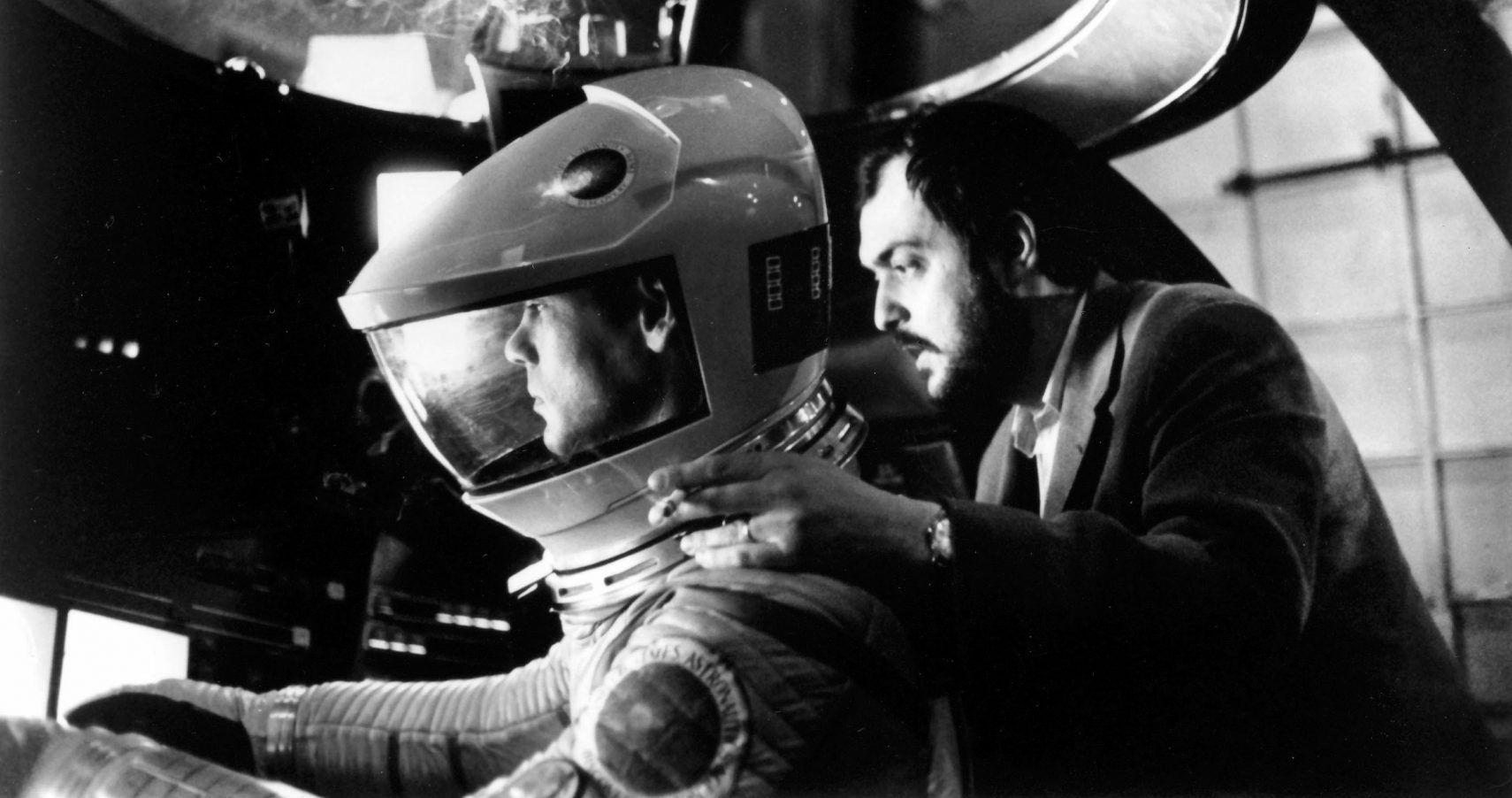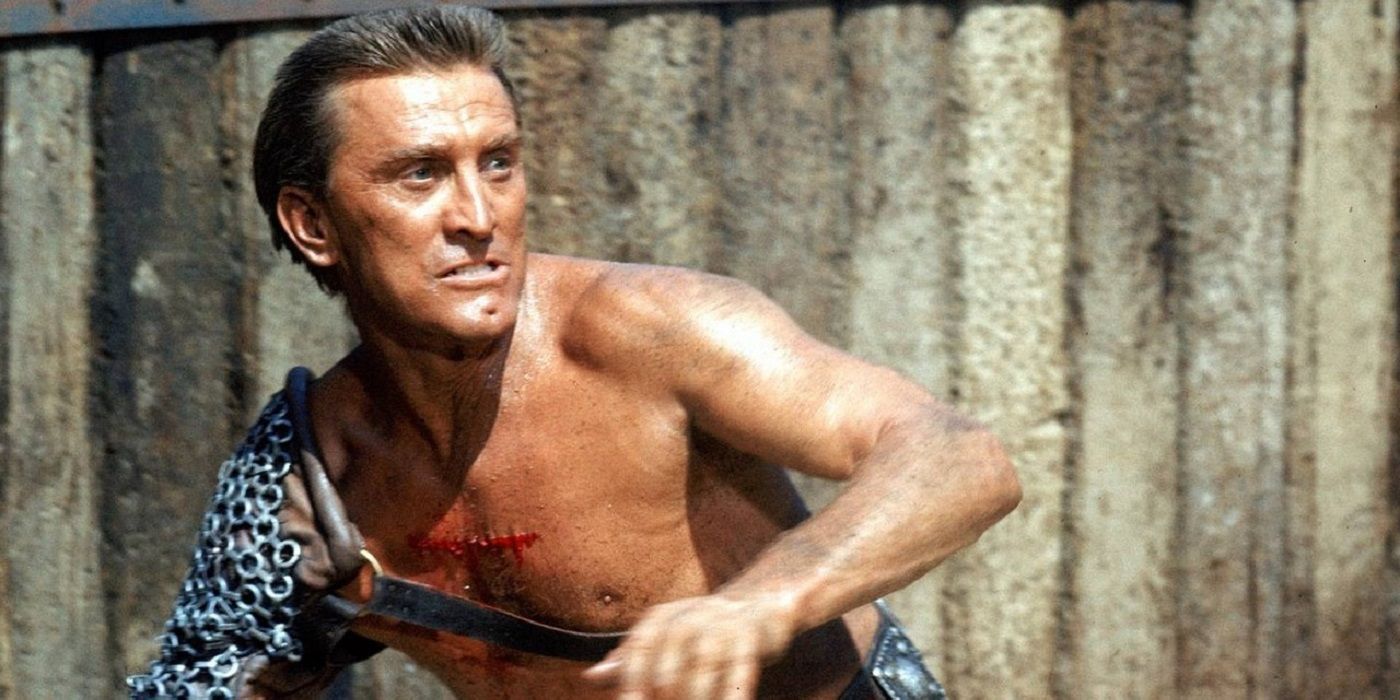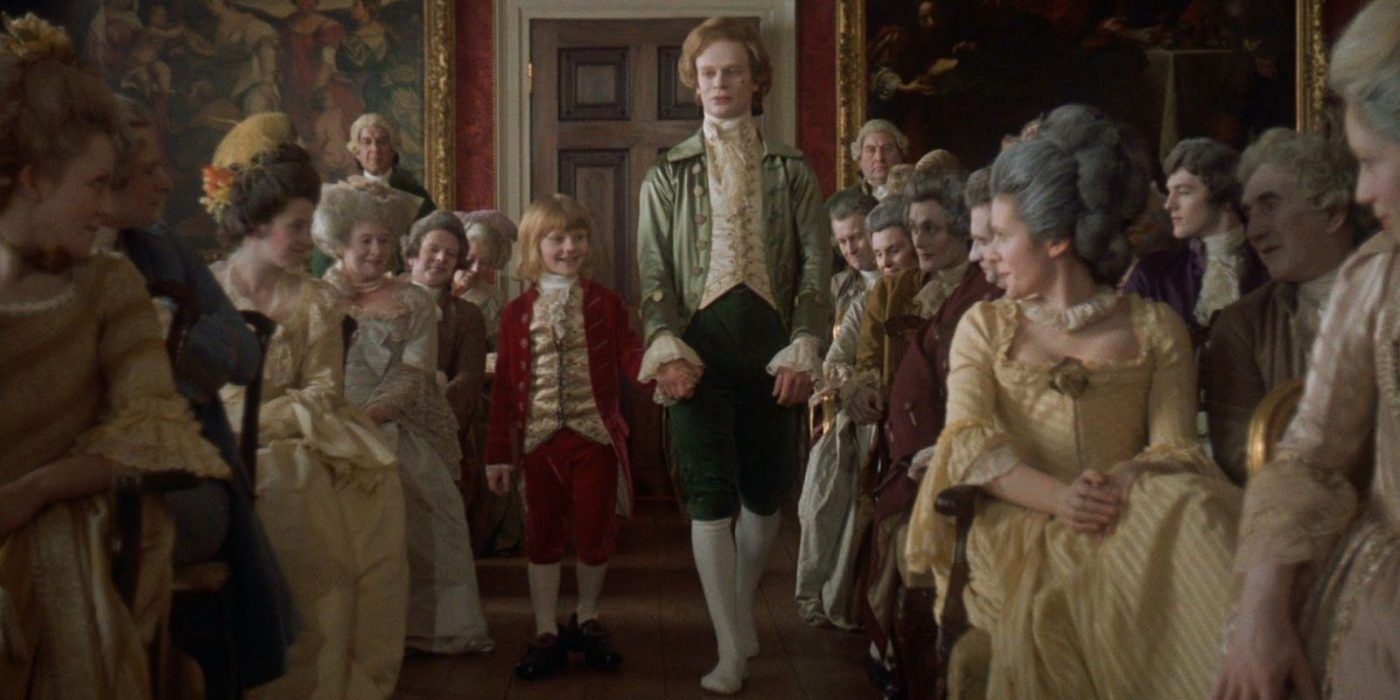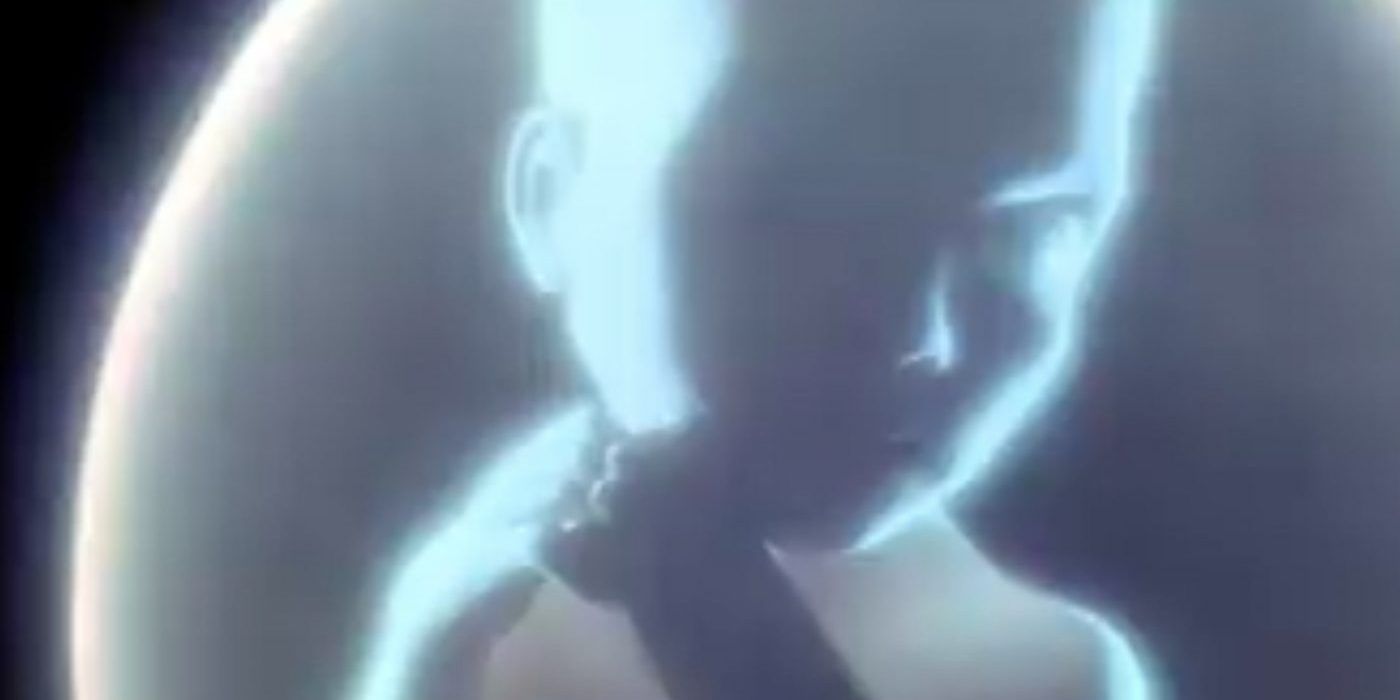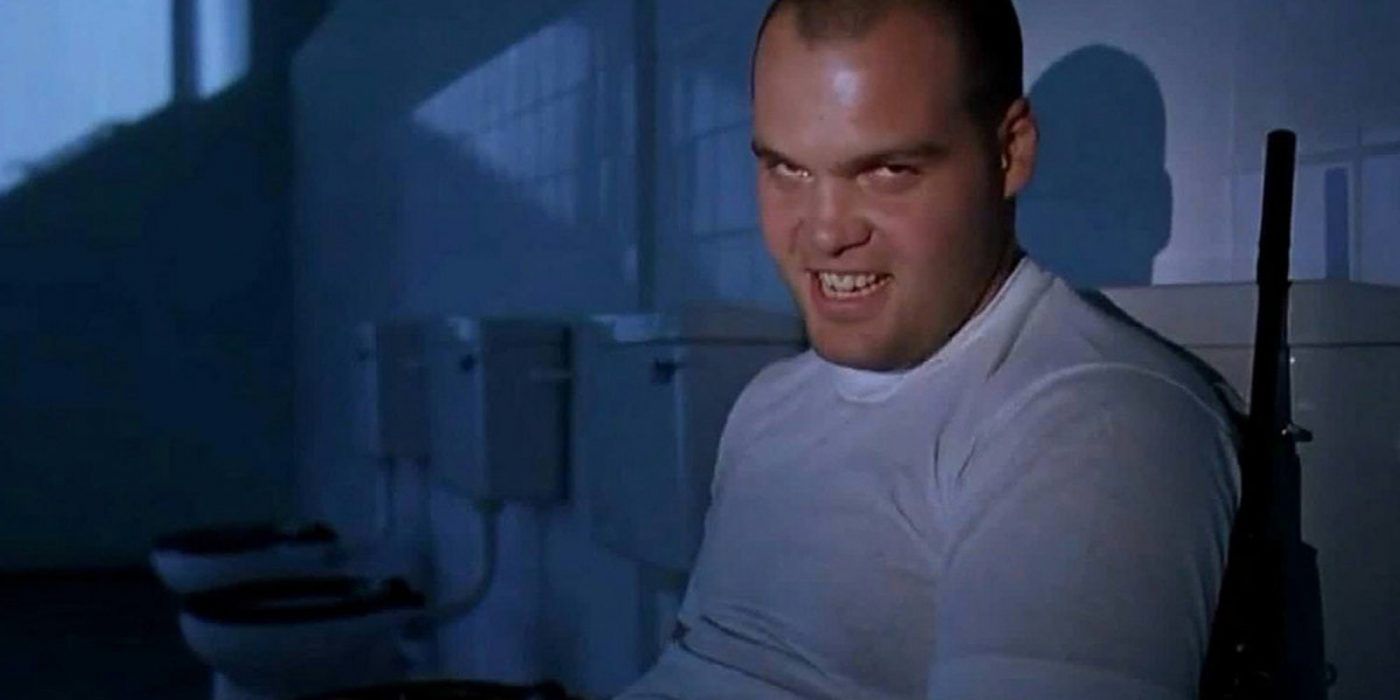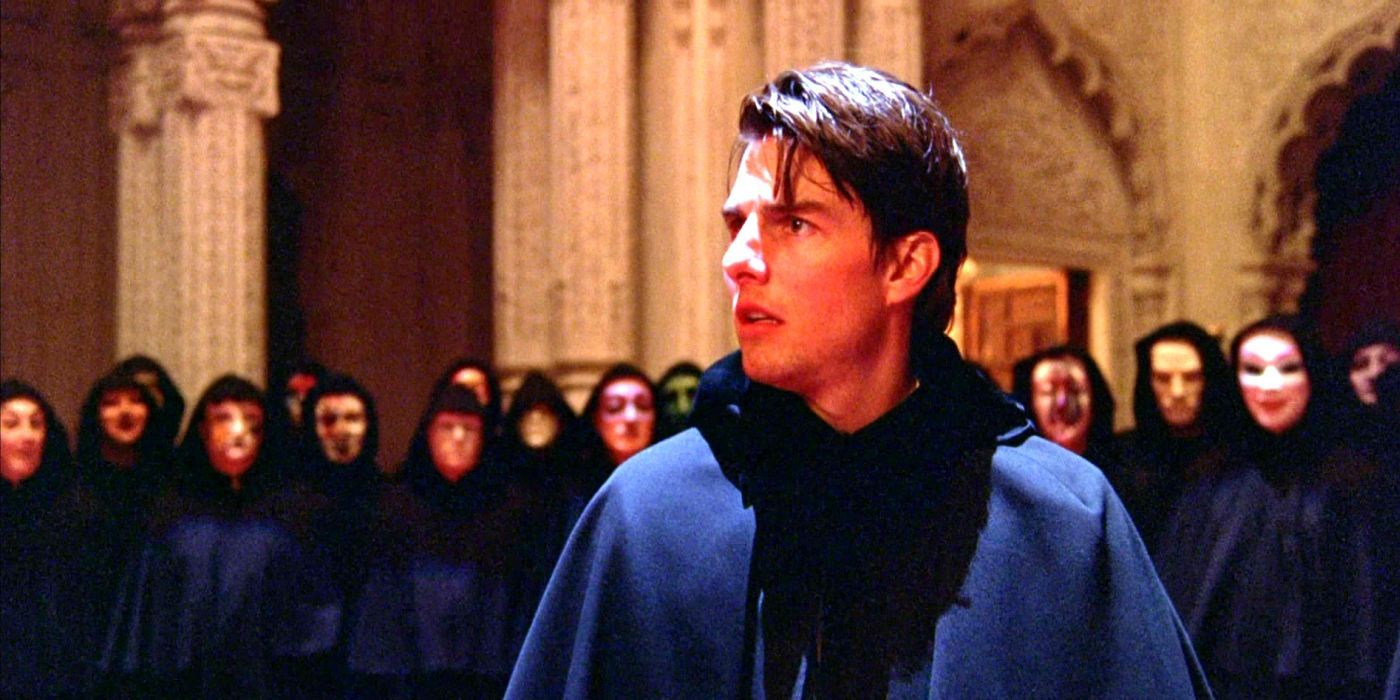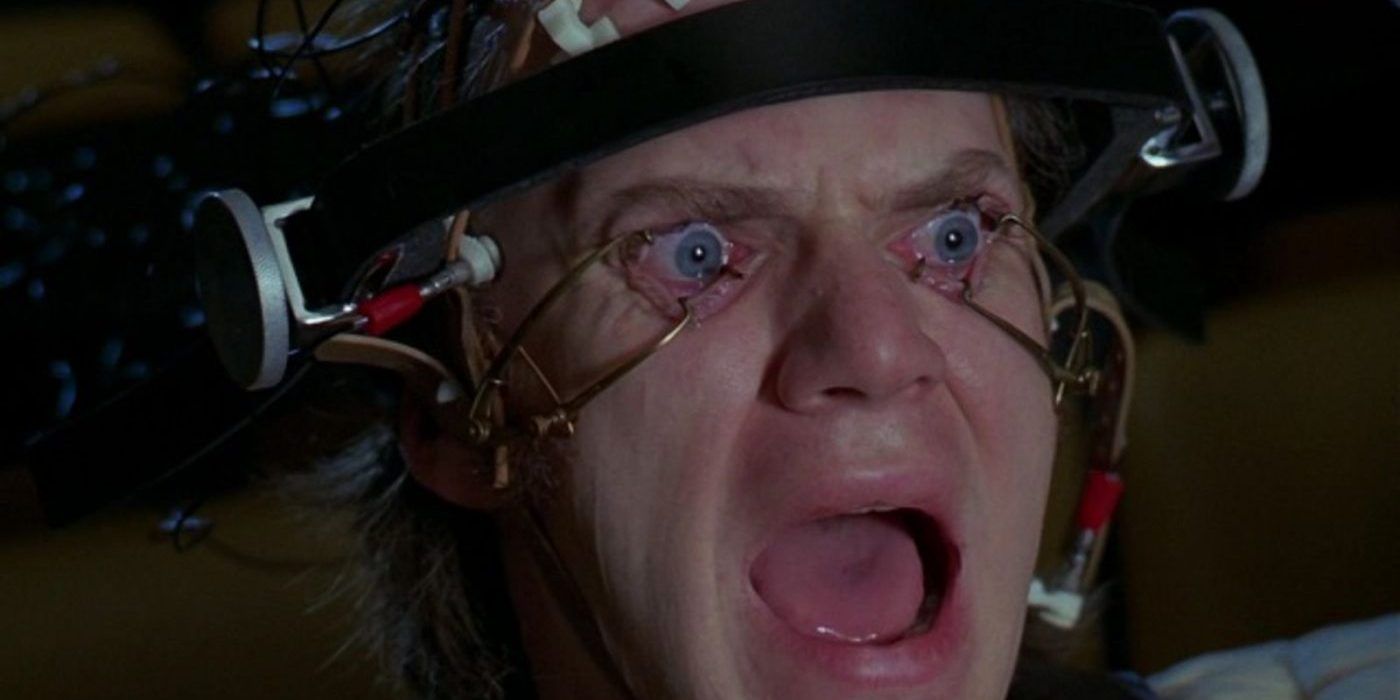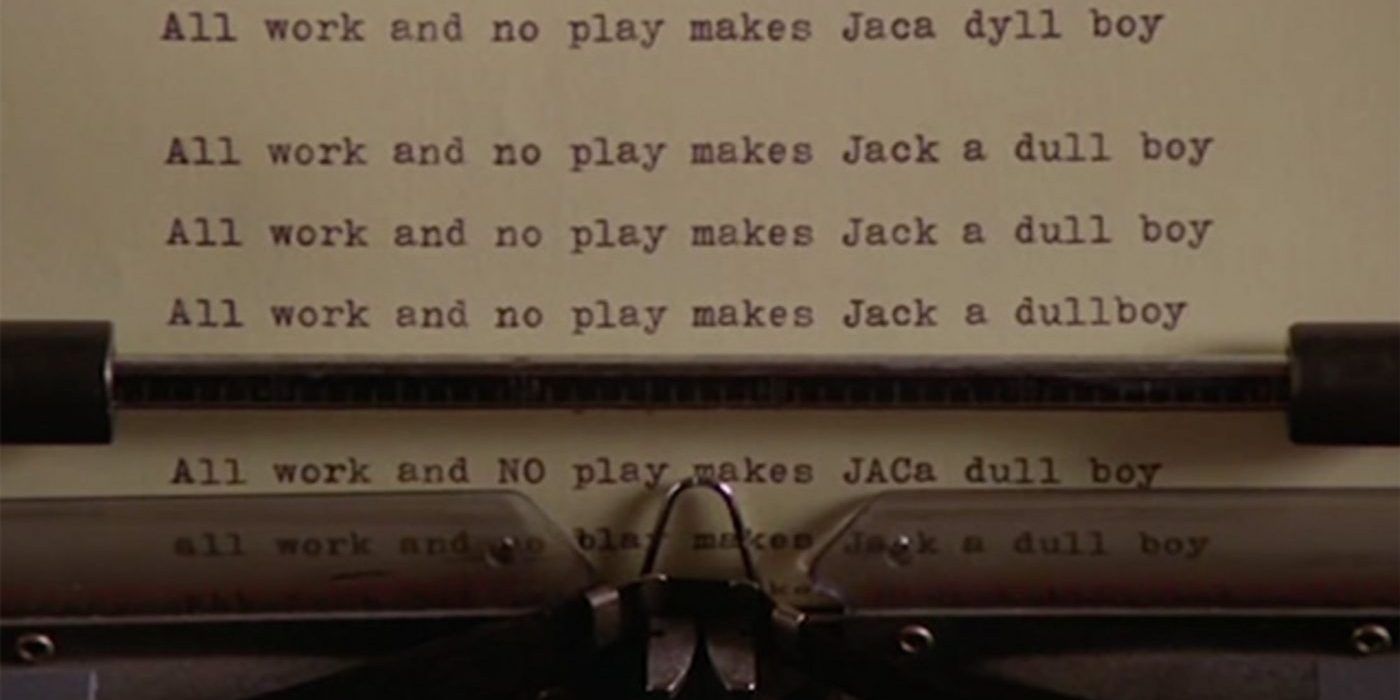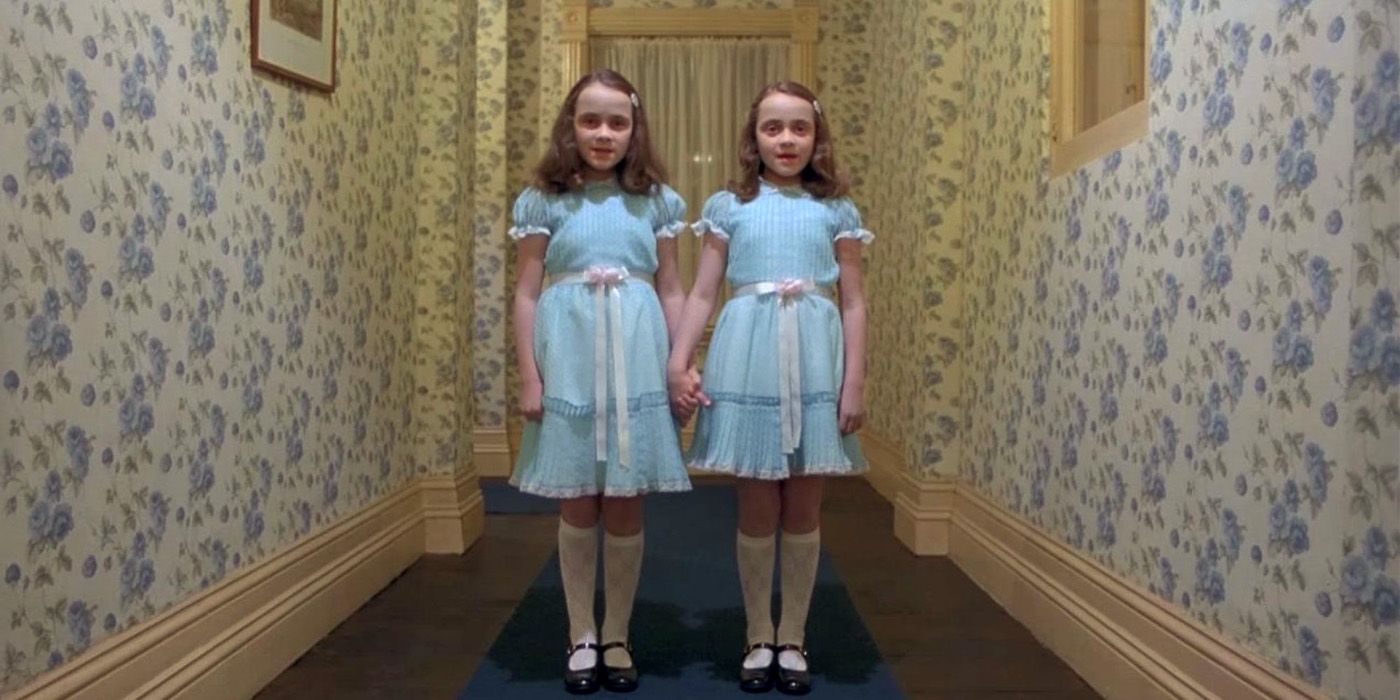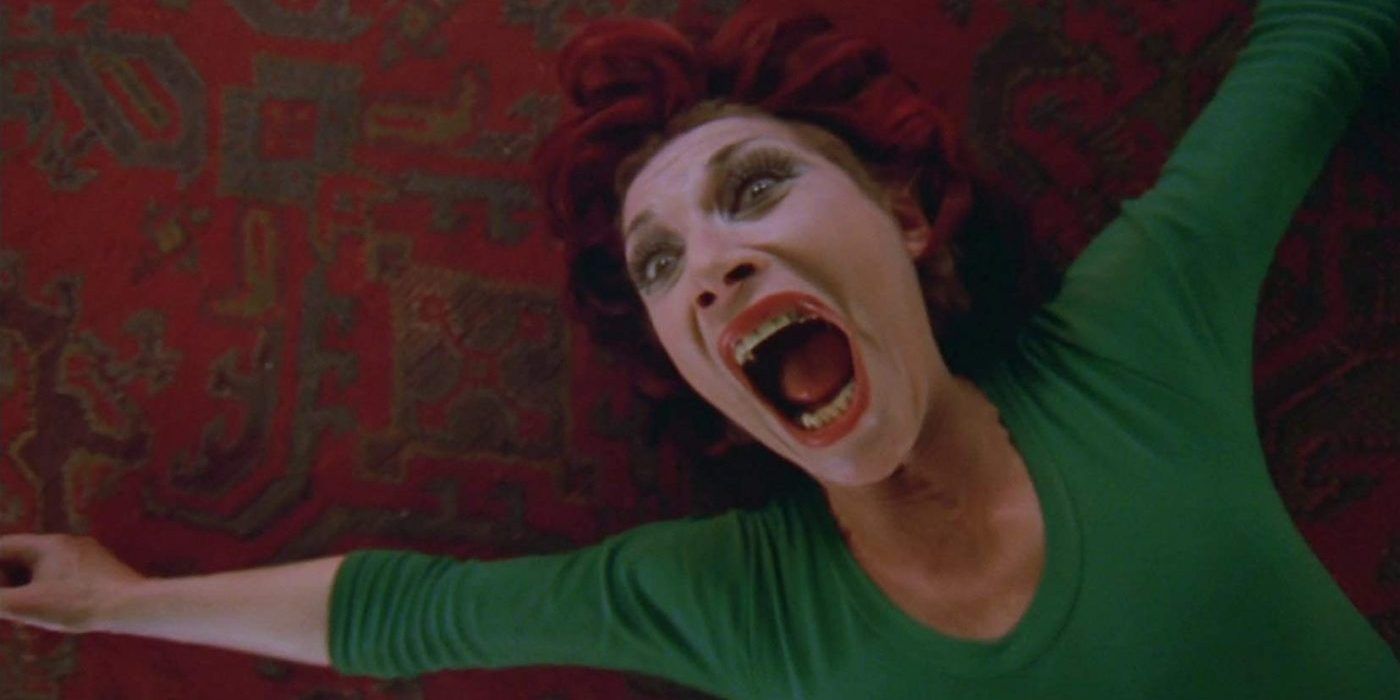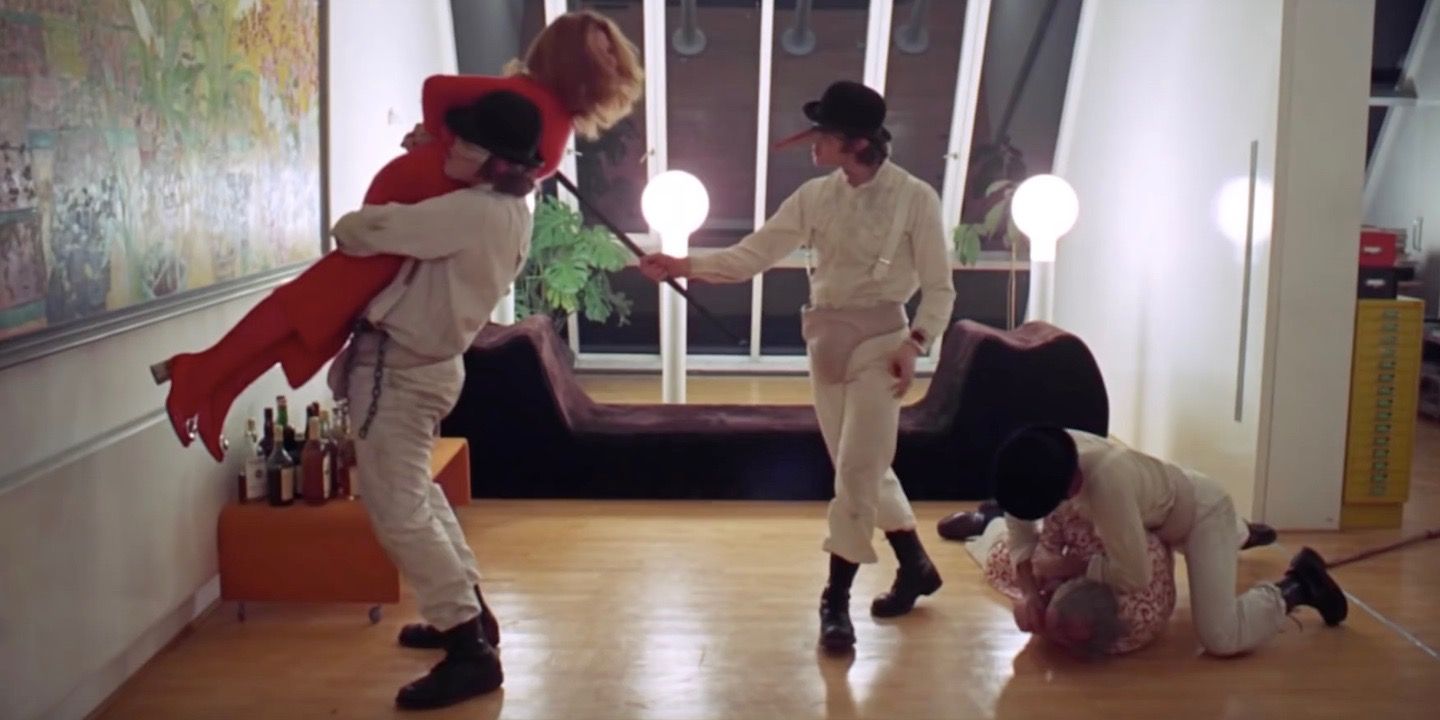Stanley Kubrick was one of the most influential, innovative filmmakers of all time. He displayed an incredible amount of variety, from sci-fi to war drama, and each film became definitive of the genre. They boast skilled direction, impeccable acting, and befitting creativity that does not contradict the genre—without exception. That degree of excellence is truly rare, but with such range, unprecedented.
And yet, all of his films share the characteristic of exploring darker themes, particularly regarding sexuality and moral absence. Even Kubrick’s comedy had some fairly stark and demented sequences. With such talent, Kubrick conjured some of the most iconic imagery on film. Let’s review his most disturbing sequences, across an unforgettable filmography.
Spartacus: Antonius’ Death
There are many films in the sword-and-sandal genre, most of which oblige audiences’ thirst for battle and debauchery on screen. This film did not. Instead, it stresses the consequences and tragedy of the violence; and the depravity is sickening. These elements aren’t titillating, but compelling drama. Gladiator is essentially a remake of this film. Spartacus is about a defiant slave who eventually leads a rebellion against the Roman Republic.
Some action scenes are somewhat dated, but certainly not this selection. The battle with Antonius is truly repulsive to watch. Spartacus and Antonius rebelled together, care for each other, and we’ve invested hours in the story. The motivations are gripping and heartbreaking—they only fight to spare one another a slow death.
Barry Lyndon: Recital Beating
Barry Lyndon is a historical epic unlike any other, as dense as any novel. But it also feels like a striking museum piece, a parade of paintings come to life. Kubrick’s passion for the artwork which inspired this movie absolutely radiates from the screen. It’s about a young Irish man who slowly becomes a cruel opportunist in the 18th century. It’s one of the slowest films available, which can be troublesome for casual viewers.
But the artistry is exquisite, and Kubrick’s signature long takes really allow you to soak it all in. In this scene, Barry’s abused stepson interrupts a recital to list Barry’s many shortcomings and swears to leave. Barry proceeds to beat him in public, and the ferocity is disgusting to watch.
2001: A Space Odyssey: Beyond The Infinite
This is one of the most captivating science-fiction stories available, made in tandem with Arthur C. Clarke’s corresponding novel. Its cosmic scale, thematic intelligence, and visual flair are profound and impossible to match. Nearly every movie set in space has made some attempt to imitate this movie. But when Bowman goes beyond the infinite, the word bizarre hardly begins to describe the experience.
A series of alien worlds and cosmological events are thrust upon him in a kaleidoscope of colors. Then, Bowman abruptly finds himself in a baroque-style bedroom, where time ages him with a few confused glances. A monolith engulfs him and turns him into a giant, floating fetus with a horrific countenance. Its sheer peculiarity is both moving and deeply unsettling.
Full Metal Jacket: Nervous Breakdown
Kubrick dabbled in war the most, with films like Paths of Glory and Dr. Strangelove. But Full Metal Jacket has a largely different tone, even from the former. It is one of the most realistic movies about becoming a soldier and entering a battlefield, ever made. Fortunately, even with such a large ensemble, all of the actors are equally engaging. R. Lee Ermey stands out as the tough, hilarious sarge.
But Vincent D’Onofrio’s Private Pyle is unable to withstand the rigor of training. His character is somewhat slow, and overweight, but clearly tries his hardest. Unfortunately, the psychological pressure crushes him, and he kills the sarge and himself. It’s highly upsetting, suspenseful, and tragic. These days, it’s even topical and more frightening for it.
Eyes Wide Shut: The Party
Eyes Wide Shut is a very experimental and divisive film. Kubrick prefers to prioritize outright thematic pursuit this time, so any plotting takes a backseat. That’s highly unconventional, and so is the extreme nudity and sexuality.
This is probably Kubrick’s least accessible film. However, it certainly draws compelling drama about infidelity and marriage from its leads and horror from the cult. The sexual ritual is deeply disturbing, presented in Kubrick’s distinctly cold and distant style. This degree of stark hedonism is extremely horrific. And the Venetian masks are innately ghastly, due to their history and aesthetic. Also, after the protagonist fails the password test, the cult is definitely menacing.
A Clockwork Orange: Aversion Therapy
A Clockwork Orange is one of the most violent, provocative, visionary films ever made. It is completely filled with relentless excess and originality from beginning to end. It is as wild and carefree as its protagonist, Alex. The movie is colorful and vibrant, full of life and lust and vehement classical music. Kubrick intriguingly confronts the ethics of suppressing a criminal mind, and this selection bears the film’s most iconic imagery.
Alex is restrained, and subjected to aversion therapy. The first session is agonizingly slow and immersive, his eyes forced open for subliminal input. Just by his painful screams alone, it is truly distressing. But conceptually, it is also immensely thought-provoking and challenging.
The Shining: All Work And No Play
The Shining is Kubrick’s only outright horror film and remains a crowning achievement of the genre by transcending it. It’s understandable that Stephen King, and others, may have been displeased with Jack’s descent being largely absent. Kubrick’s naturally cold approach portrays Jack as a somewhat distant man to begin with, so his arc isn’t as impactful. But the acting and artistry remain undeniably exceptional.
In this classic scene, Wendy slowly discovers that Jack has gone mad by reading his psychotic work. It is a single, repeated phrase. The camerawork is impeccable, Wendy’s performance is brilliant, and the music is haunting. The scene is also bolstered by an incredible payoff. The subsequent confrontation with the baseball bat is terrifying.
The Shining: The Twins
One of the most memorable things in The Shining is Danny, and his abilities. Danny’s young age elevates the stakes of everything involving horror. This includes the oppression of his previously alcoholic father. However, the supernatural element of this movie depicts some of the most frightening apparitions on film. This certainly goes for the young Grady twins, possibly the most haunting of the movie.
Kubrick allows an extended shot that follows Danny having fun on a big wheel. The camera totally immerses us in this moment. And every time he turns a corner, we expect the worst. Eventually, the tension climaxes, and Danny’s vision is terrifying. The hallway turns bloody, and the murdered girls beckon him to play with them forever. The visuals, music, and context create one of the most effective horror scenes of all time.
A Clockwork Orange: The Cat-Lady
Alex’s indulgences are some of the most disconcerting sequences imaginable, including murder and rape. In this selection, the former. What’s truly horrific is that the scene is almost played for laughs, largely because of the bizarre nature throughout.
The murder weapon is a giant phallus, and Alex is so teasing with it. It’s a case of something horrific being so absurd, that some may only react with shocked laughter. However, Alex’s unbridled enjoyment and closing murder steal any of that away. He ruthlessly bashes the victim’s face in, and we’re left both exhausted and distraught.
A Clockwork Orange: Home Invasion
This is the infamous rape scene. Rape is one of the cruelest, violent and sickening things imaginable. And the sequence is mercilessly long, drawing out the gang’s preceding psychological torture. They cripple a man, and Alex proceeds to assault his wife. All the while, Alex’s sheer joy in the matter is manifested by bursting into “Singin’ in the Rain”. It’s a classic song, from a film of the same name, featuring Gene Kelly.
It was a heartfelt, romantic moment there. In this case, it is an absolute perversion of that sentiment, resulting in even more horror. The camera isn’t afraid to play with points of view, capturing the chaos, tragedy, and revolting act with grim detail.

